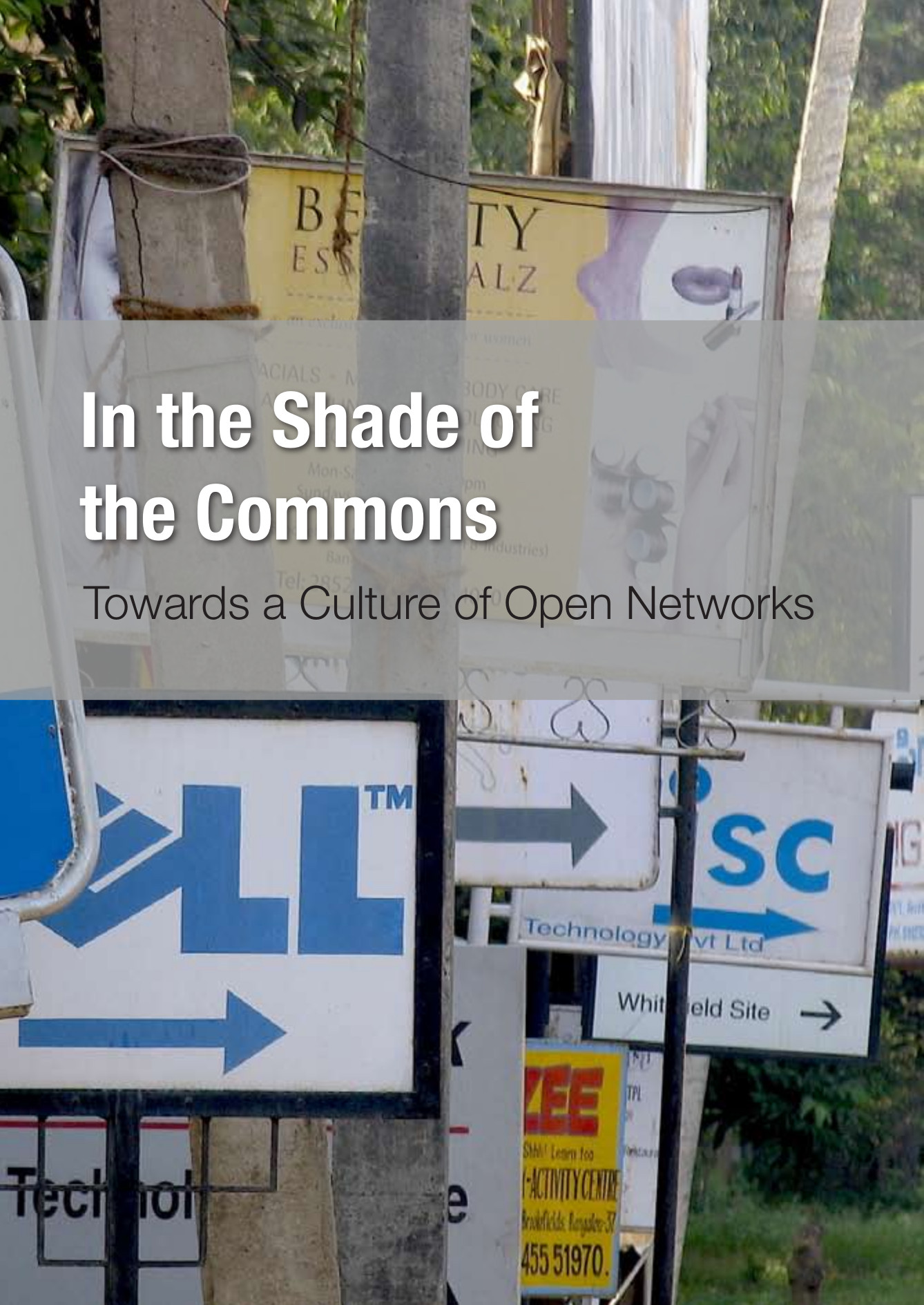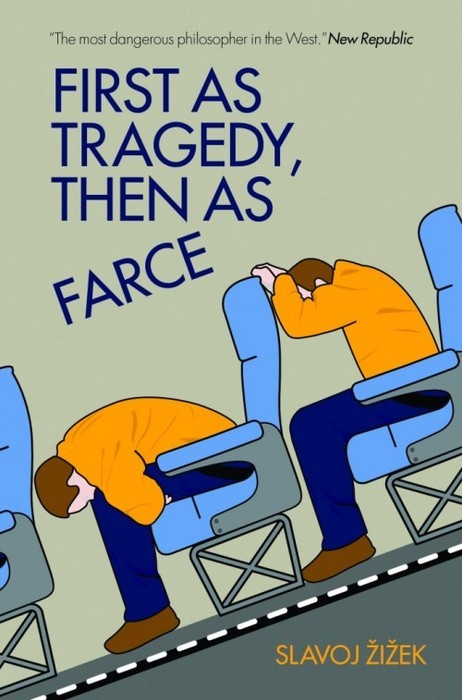Shifter Magazine 16: Pluripotential (2010)
Filed under magazine | Tags: · aesthetics, art, art theory, commons, critical theory, critique, neuroaesthetics

“We present scores, scripts, instructions, critical essays and more for Shifter’s 16th issue entitled ‘Pluripotential’.
Here we invoke a term, which describes the innate ability of stem-cells to differentiate into almost any cell in the body, to think through the possibility of criticality and cultural change through aesthetic strategies.
The skin that we are born with is transformed as a result of its life of touches, caresses and trauma and becomes flesh. While on the one hand each of us experiences a unique set of circumstances, our common knowledge also shapes this flesh. Analogously, the brain becomes the mind through its history of experiences: A British child growing up in Tokyo speaks fluent Japanese, something her parents having arrived later in life to Japan may never be able to do. The brain is prepared for a multiplicity of cultural and linguistic conditions, within certain biological limits of malleability. Furthermore, as Agamben has noted, ‘the child […], is potential in the sense that [s]he must suffer an alteration (a becoming other) through learning.’
These limits of malleability may fall within the paradigm of what Ranciere calls the distribution of the sensible: “the system of self-evident facts of sense perception, that simultaneously discloses the existence of something in common, and the delimitations that define the respective parts and positions within it.” Does art have the pluripotential ability to produce events in the cultural landscape, which in turn produce a redistribution of the sensible: a shift in public consciousness concerning how and what we see and feel, and furthermore a reconsideration of who constitutes the public ‘we’. Here the contradicting ideas of a homogeneous people, versus the singularities that produce differences within the multitude become relevant.
This play between structural constraints and a potential for continuous change is seen in forms such as scores, scripts and instructions; and strategies including ‘detournement’ and remix, which hold within them the potential to be performed and reconstituted in multiple ways. It is therefore through these forms that we set out to explore ‘Pluripotential’.” (editors)
Contributors: Éric Alliez , Bernard Andrieu, Eric Anglès , Kader Attia, Elena Bajo, Lindsay Benedict , Nicholas Chase, Seth Cluett , Zoe Crosher , Krysten Cunningham, Yevgeniy Fiks , Dan Levenson, Antje Majewski , T. Kelly Mason, Michele Masucci , Daniel Miller, Seth Nehil , Warren Neidich, Susanne Neubauer, Hans Ulrich Obrist , Chloe Piene, Sreshta Rit Premnath, Linda Quinlan, Patricia Reed , Silva Reichwein, Barry Schwabsky, Gemma Sharpe, Amy Sillman , Francesco Spampinato, Tyler Stallings, Laura Stein, Clarissa Tossin , Brindalyn Webster , Lee Welch , Olav Westphalen , James Yeary
Edited by Sreshta Rit Premnath and Warren Neidich
Published in April 2010
Creative Commons Attribution-Noncommercial 3.0 United States License
PDF (updated on 2013-8-1)
Back issues 1-15
Lipika Bansal, Paul Keller, Geert Lovink (eds.): In the Shade of the Commons. Towards a Culture of Open Networks (2006)
Filed under book | Tags: · commons, networks, open source

“Published as a part of the project ‘Towards a Culture of Open Networks’ of which the partners are Sarai in Delhi (India), t/0 Netbase in Vienna (Austria) and Waag Society in Amsterdam.
The book is divided into three main sections. The first is a general part with declarations made by the project partners.
In the second, one can find an overview of the event World Information City Bangalore, that took place November 2005. This part also contains a photographic review in colour.
The last part of the book, edited by Geert Lovink is a theoretical approach of the subject of ‘open networks’, by many authors coming from Asia, Europe and North America.”
Publisher Waag Society, Amsterdam, 2006
Creative Commons Attribution-ShareAlike License
ISBN 9080645230, 9789080645233
PDF (updated on 2018-6-17)
Comment (0)Slavoj Zizek: First As Tragedy, Then As Farce (2009)
Filed under book | Tags: · capitalism, commons, communism, globalisation, propaganda, socialism

From the tragedy of 9/11 to the farce of the financial meltdown
In this bravura analysis of the current global crisis following on from his bestselling Welcome to the Desert of the Real, Slavoj Zizek argues that the liberal idea of the “end of history,” declared by Francis Fukuyama during the 1990s, has had to die twice. After the collapse of the liberal-democratic political utopia, on the morning of 9/11, came the collapse of the economic utopia of global market capitalism at the end of 2008.
Marx argued that history repeats itself “occuring first as tragedy, the second time as farce” and Zizek, following Herbert Marcuse, notes here that the repetition as farce can be even more terrifying than the original tragedy. The financial meltdown signals that the fantasy of globalization is over and as millions are put out of work it has become impossible to ignore the irrationality of global capitalism. Just a few months before the crash, the world’s priorities seemed to be global warming, AIDS, and access to medicine, food and water — tasks labelled as urgent, but with any real action repeatedly postponed.
Now, after the financial implosion, the urgent need to act seems to have become unconditional — with the result that undreamt of quantities of cash were immediately found and then poured into the financial sector without any regard for the old priorities. Do we need further proof, Zizek asks, that Capital is the Real of our lives: the Real whose demands are more absolute than even the most pressing problems of our natural and social world?
Publisher Verso, 2009
ISBN 1844674282, 9781844674282
Length 96 pages
PDF (updated on 2012-4-15)
Comment (0)
